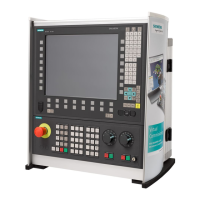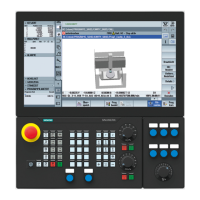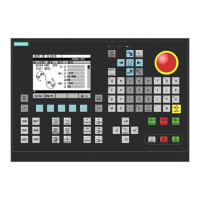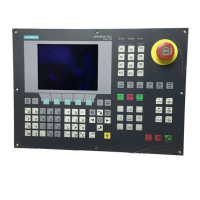Detailed Description
2.9 Sum offsets and setup offsets
Tool Compensation (W1)
Function Manual, 08/2005 Edition, 6FC5397-0BP10-0BA0
2-127
2.9 2.9 Sum offsets and setup offsets
2.9.1 General
Sum offsets
Sum offsets can be treated as programmable process compensations during machining and
are composed of all the error sizes (including the wear), which cause the workpiece to
deviate from the specified dimensions.
Sum offsets are a generalized type of wear. They are part of the cutting edge data. The
parameters of the sum offset refer to the geometrical data of a cutting edge.
The compensation data of a sum offset are addressed by a DL number (DL: location-
dependent; compensations with reference to the location of use).
In contrast, the wear values of a D number describe the physical wear of the cutting edge,
i.e., in special situations, the sum offset can match the wear of the cutting edge.
Sum offsets are intended for general use, i.e., with active or inactive tool management or
with the flat D number function.
Machine data are used to classify the sum offsets into:
• Sum offset fine
• Sum offset coarse (setup offset)
Setup offset
The setup offset is the compensation to be entered by the setup engineer before machining.
These values are stored separately in the NCK. The operator subsequently only has access
to the "sum offset fine" via MMC.
The "sum offset fine" and "sum offset coarse" are added internally in the NCK. This value is
referred to below as the sum offset.
Note
The function is activated via machine data setting:
MD18080 $MN_MM_TOOL_MANAGEMENT_MASK, bit 8=1.
If kinematic transformations (e.g., 5-axis transformations) are active, the tool length is
calculated first after allowing for the various wear components. The total tool length is then
used in the transformation. Unlike the case of a toolholder with orientation capability, the
wear values are thus always included in the transformation irrespective of the G code of
group 56.
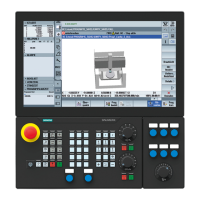
